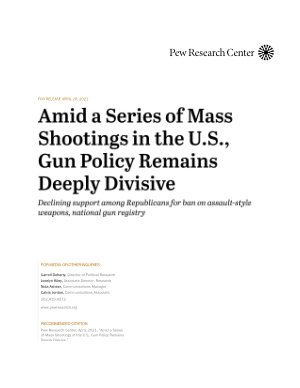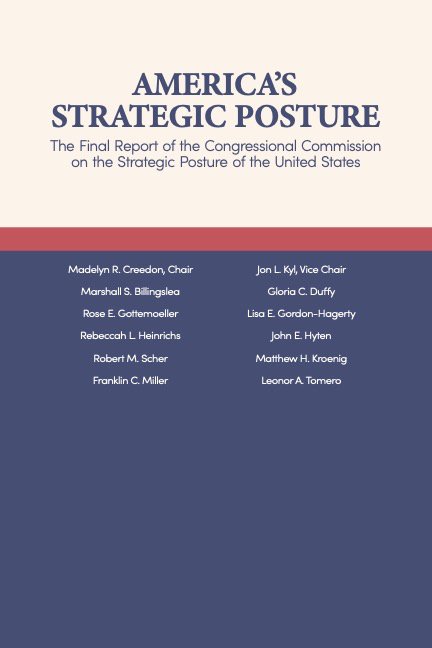By R. Blake Brown
This report provides a legal history of firearm regulation to help understand the current debate over gun control policy in Canada, particularly regarding semi-automatic firearms. Debate over the regulation of such guns has been particularly heated since 1 May 2020, when Prime Minister Justin Trudeau announced that the federal cabinet had issued an Order in Council (PC 2020-298) to ban several models of semi-automatic firearms. 1 This report describes some of the key technological developments in handguns and long guns that have spurred debates about the kinds of firearms that should be available for certain uses in Canada. It identifies weapons employed in mass casualty events in Canada with reference to specific examples and notes the policy response to those events. The report explains the legislative tools used to address the dangers associated with semi-automatic firearms and considers the public policy debates about these regulatory approaches. It also identifies the strengths and shortcomings of past legislative approaches and considers policy options concerning the availability of semi-automatic weapons. This report demonstrates that the federal government has used a somewhat piecemeal approach to regulating handguns and semi-automatic firearms. Governments have historically sought to balance public safety and the interests of gun collectors, hunters, and target shooters. Efforts to limit the availability of some kinds of firearms have often resulted from their use in domestic and international mass shootings. Changes in firearm technology have contributed to attempts to limit the ownership or use of firearms deemed especially dangerous. The federal government has prohibited some semi-automatic rifles, declared others to be restricted firearms, and left others as non-restricted firearms. This has complicated the enforcement of Canada’s gun laws. It has also permitted firearms with the capability to cause substantial harm to remain in circulation. Similarly, the federal government has prohibited some handguns but left many others available for purchase, thus contributing to the movement of firearms from the legal market to those wanting handguns for illegal purposes.
Halifax, NS: The Joint Federal/Provincial Commission into the April 2020 Nova Scotia Mass Casualty, 2022. 112p.




















